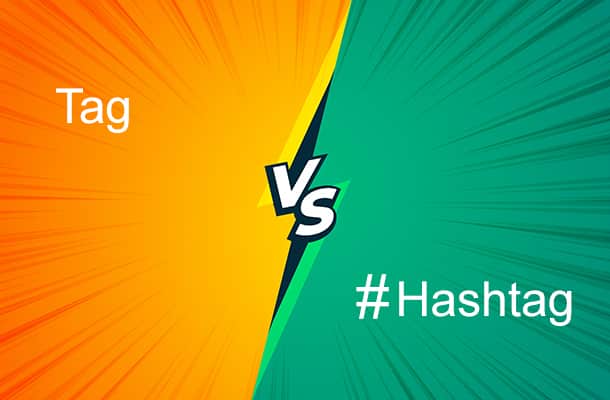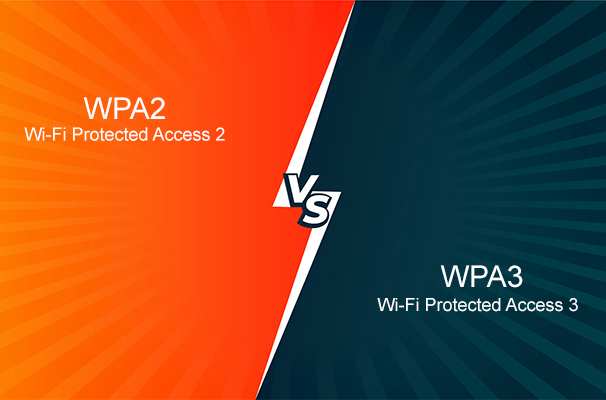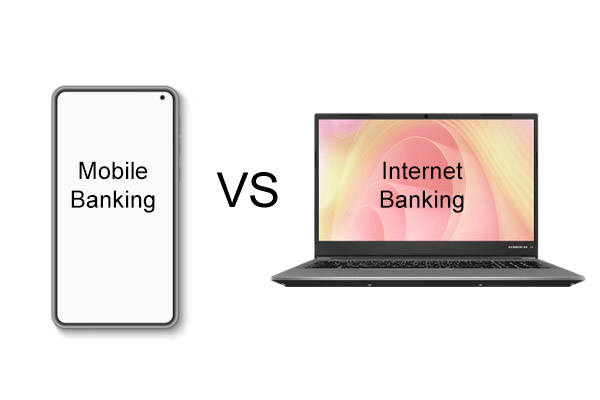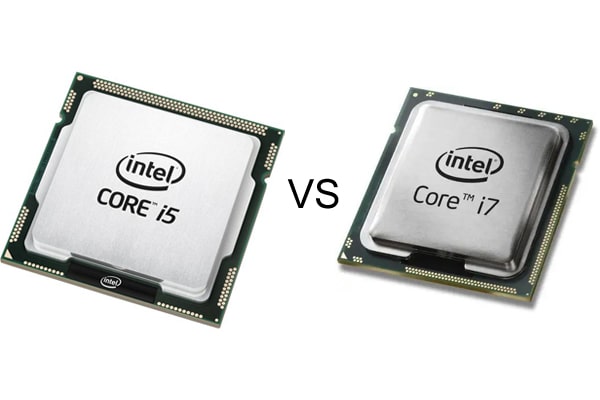Navigating digital access and connectivity can be challenging, especially for low-income households. The Lifeline and Emergency Broadband Benefit (EBB) program, established by the Federal Communications Commission (FCC), aims to bridge this gap by providing affordable communication services. While both programs target similar demographics, their goals, benefits, and eligibility criteria differ. This guide delves into the main differences between the Lifeline and EBB programs, helping you understand which one best suits your needs.
Overview of Lifeline and EBB Program
Lifeline Program: A Long-Term Solution
Established in 1985, the Lifeline program provides ongoing monthly discounts on voice or broadband services for eligible low-income households. It ensures that participants have access to essential communication services, facilitating connectivity for work, education, and emergency services.
Emergency Broadband Benefit (EBB) Program: A Pandemic Response
The EBB program was introduced in 2021 as a temporary measure under the Consolidated Appropriations Act to assist households during the COVID-19 pandemic. It offered substantial discounts on broadband services and devices, aiming to address the urgent need for reliable internet access during the crisis.
Key Differences Between Lifeline and EBB Program
| Aspect | Lifeline Program | EBB Program |
| Established Year | 1985 | 2021 |
| Purpose | Ongoing discounts for voice or broadband services | Temporary discounts for broadband services and devices |
| Income Eligibility | At or below 135% of Federal Poverty Guidelines | Same as Lifeline with additional COVID-19 income loss criteria |
| Discount Amount | Up to $30 monthly for services | Up to $50 monthly for services, $75 on Tribal lands, and up to $100 for devices |
| Device Discount | Not applicable | One-time discount of up to $100 for laptops, desktops, or tablets |
| Duration | Ongoing | Temporary, transitioned to ACP on December 31, 2021 |
| Participation in Assistance Programs | Includes SNAP, Medicaid, SSI, etc. | Similar to Lifeline but also based on COVID-19 impact |
| Transferability | One discount per household, non-transferable | Same as Lifeline |
Detailed Comparison Between Lifeline and EBB Program
1. Purpose and Establishment
- Lifeline Program: Lifeline was created to provide long-term assistance, ensuring affordable access to communication services. It primarily focuses on offering discounts on monthly telephone or broadband services.
- EBB Program: The EBB program was established in response to the COVID-19 pandemic to provide immediate relief. It aimed to assist households struggling to afford broadband services during the crisis by offering temporary subsidies.
2. Income Eligibility and Assistance Programs
- Lifeline Program: Lifeline eligibility is based on income being at or below 135% of the Federal Poverty Guidelines or participation in federal assistance programs such as SNAP, Medicaid, and SSI.
- EBB Program: EBB also used the 135% Federal Poverty Guidelines but included additional eligibility criteria related to the pandemic, such as substantial income loss since February 29, 2020, or participation in existing low-income or COVID-19 programs offered by providers.
3. Benefits and Discounts
- Lifeline Program: Lifeline provides a discount of up to $30 per month on voice or broadband services. It does not offer any discounts on devices.
- EBB Program: EBB offered up to $50 per month for broadband services ($75 for those on Tribal lands) and a one-time discount of up to $100 for laptops, desktops, or tablets.
4. Duration and Availability
- Lifeline Program: Lifeline is an ongoing program with no set end date, providing continuous support to eligible households.
- EBB Program: EBB was a temporary program designed to provide short-term relief during the pandemic. It ended on December 31, 2021, and transitioned to the Affordable Connectivity Program (ACP).
5. Transferability and Household Limits
- Lifeline Program: Lifeline benefits are limited to one discount per household and cannot be transferred between households.
- EBB Program: Similar to Lifeline, EBB benefits were limited to one discount per household and were non-transferable.
Similarities Between Lifeline and EBB Program
- Income-Based Eligibility: Both programs use the Federal Poverty Guidelines as a basis for eligibility, ensuring that low-income households have access to affordable communication services.
- Assistance Program Participation: Participation in federal assistance programs such as SNAP, Medicaid, and SSI qualifies households for both Lifeline and EBB.
- Focus on Broadband Support: While Lifeline initially focused on telephone services, it has expanded to include broadband, aligning with EBB’s emphasis on broadband access.
- Single Discount per Household: Both programs restrict benefits to one discount per household, maintaining a focus on the fair distribution of resources.
- Non-Transferability: Both Lifeline and EBB benefits are non-transferable, ensuring that only the eligible household receives the discount.
Eligibility Criteria for Lifeline Program
To qualify for the Lifeline program, a household must meet one of the following criteria:
- Income Requirements: Household income must be at or below 135% of the Federal Poverty Guidelines.
- Participation in Assistance Programs: Households that participate in federal assistance programs such as SNAP, Medicaid, SSI, Federal Public Housing Assistance, or Veterans and Survivors Pension Benefit are eligible.
Eligibility Criteria for the EBB Program
Eligibility for the EBB program was broader due to its focus on pandemic relief:
- Income-Based Eligibility: Household income at or below 135% of the Federal Poverty Guidelines.
- Assistance Program Participation: Similar to Lifeline, including SNAP, Medicaid, and other federal assistance programs.
- Substantial Loss of Income: Households that experienced a substantial loss of income due to job loss or furlough since February 29, 2020, and met income criteria.
- Provider’s Low-Income Program: Eligibility is also extended to those enrolled in a participating provider’s low-income or COVID-19 program.
How to Apply for Lifeline and EBB Programs
Applying for Lifeline Program
- Visit the USAC Website: Go to the Universal Service Administrative Company (USAC) website or contact a participating provider.
- Provide Documentation: Submit required documents to verify income or participation in assistance programs.
- Select a Provider: Choose a service provider that participates in the Lifeline program.
Applying for the EBB Program (Now ACP)
- Visit the FCC Website: Go to the FCC’s website for the Affordable Connectivity Program (ACP) information.
- Check Eligibility: Verify eligibility based on income, assistance programs, or COVID-19 impact.
- Select a Provider: Choose a participating provider and apply through their platform.
FAQs
Can I enroll in both the Lifeline and EBB Programs simultaneously?
While both programs aim to support low-income households, the EBB Program has transitioned to the ACP (Affordable Connectivity Program) as of December 31, 2021. You can be enrolled in Lifeline and ACP simultaneously, but specific rules apply to the combined benefits.
How do I apply for the Lifeline or EBB Program?
To apply for the Lifeline program, you can visit the Universal Service Administrative Company (USAC) website or contact a participating provider. As for the EBB Program, it has transitioned to the ACP, and information can be found on the FCC’s website.
What if my financial situation changes? Am I still eligible for Lifeline?
If there are changes in your household income or participation in assistance programs, you may need to revert your eligibility. It’s essential to consult with your service provider or the Lifeline support center to ensure continued compliance.
Was the EBB Program available in all states?
Yes, the EBB Program was available across the U.S., including territories and Tribal lands. Specific participating providers varied by location.
Can I choose any broadband service provider under Lifeline?
No, you must select a service provider that participates in the Lifeline program in your area. You can find a list of participating providers on the USAC’s website.
What happens if I’m no longer eligible for the EBB Program?
Since the EBB Program was temporary and transitioned to the ACP, you may want to check your eligibility for the ACP instead. If ineligible, regular service rates from your provider would apply.
Wrapping Up
The Lifeline and Emergency Broadband Benefit programs were designed to ensure that low-income households remain connected in an increasingly digital world. Lifeline provides long-term support, making communication services more affordable, while the EBB program offers temporary relief during the COVID-19 pandemic. Understanding the differences and similarities between these programs helps eligible households make informed decisions about their connectivity options. As the EBB transitions to the ACP, continued support and awareness are crucial to bridging the digital divide and enhancing access to essential communication services.





